Imagine unwinding after a long day, not with a glass of wine, but with a vibrant, herbal concoction that promises to soothe your frazzled nerves. Across the United States, from bustling city apartments to quiet suburban kitchens, a growing number of people are turning to the cortisol mocktail recipe as a way to combat the relentless stress of modern life. These drinks, often infused with adaptogens like ashwagandha or holy basil, aren’t just a trendy fad—they’re rooted in a desire to reclaim calm in a world that rarely slows down. For many, mixing up a non-alcoholic beverage at the end of the day has become a small act of rebellion against burnout. It’s a ritual that prioritizes wellness over escape, offering a tangible way to lower cortisol, the stress hormone that keeps so many of us on edge.
1. Why Cortisol Matters in Our Daily Grind

Stress isn’t just a feeling—it’s a physiological response. Cortisol, often dubbed the body’s “stress hormone,” spikes during moments of tension, whether it’s a looming deadline or a heated argument. According to the Mayo Clinic, chronic high cortisol levels can lead to sleep issues, weight gain, and even heart problems over time. For middle-aged adults juggling careers, family, and personal health, this hormone can feel like an invisible weight. The idea behind a cortisol mocktail recipe is simple: use natural ingredients to help dial down this biological stress response. It’s not a cure-all, but a tool to support the body’s return to balance after a taxing day.
Think of the last time stress kept you awake, replaying the day’s worries. That’s cortisol at work. Herbal mocktails aim to interrupt that cycle, offering a moment to pause and reset.
2. The Science Behind Adaptogens in Drinks

At the heart of most cortisol-lowering mocktails are adaptogens—herbs and roots like ashwagandha, rhodiola, and ginseng that have been studied for their stress-reducing properties. Research from the National Institutes of Health suggests that adaptogens may help regulate the body’s stress response by modulating cortisol production. These ingredients aren’t new; they’ve been used in Ayurvedic and traditional Chinese medicine for centuries. What’s different now is how they’re being repurposed into accessible, everyday drinks.
Unlike a sugary soda or a stiff cocktail, adaptogenic mocktails avoid spiking blood sugar or adding to dehydration—both of which can worsen stress. Instead, they offer a subtle, grounding effect. It’s not magic, but science, blended with a bit of intention.
3. Setting the Scene for Your Evening Ritual
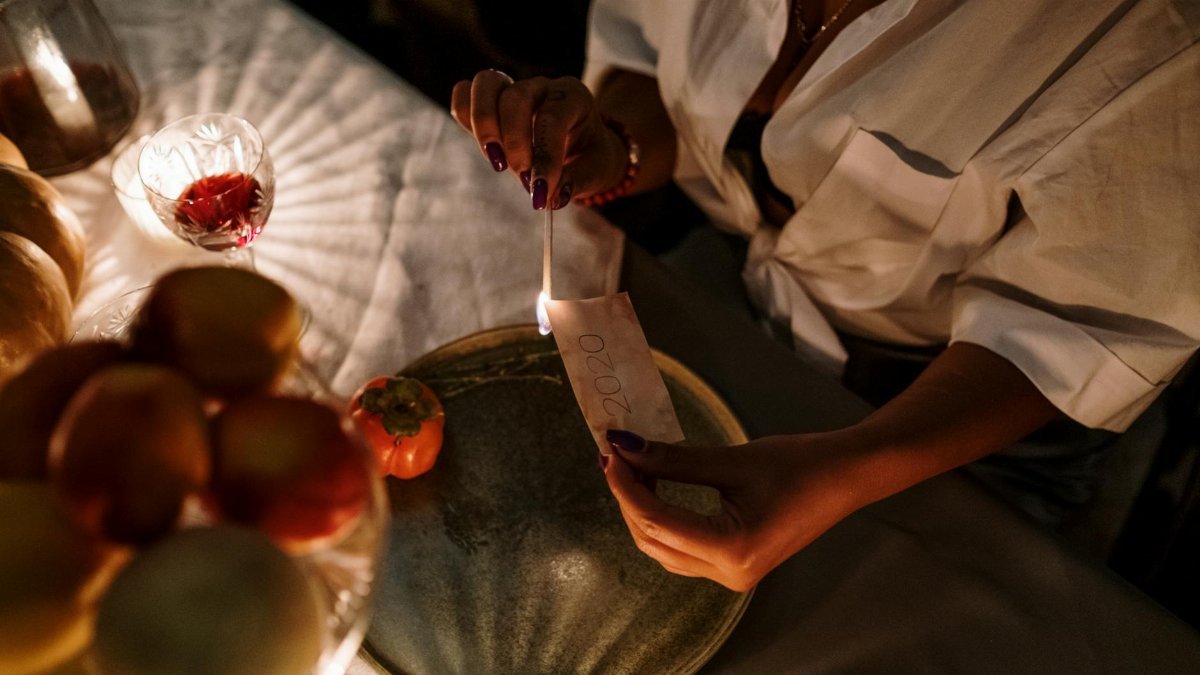
Picture a quiet evening in a small Chicago apartment. The day’s emails are finally done, and the hum of the city fades as someone measures out a spoonful of dried lavender for their drink. Crafting a cortisol mocktail recipe isn’t just about the ingredients—it’s about creating a moment. Dim the lights, play a soft playlist, or simply sit in silence as you muddle herbs or shake up your mix. This ritual matters as much as the drink itself. It signals to your brain that the workday is over, that it’s time to shift gears.
For many, this small act becomes a boundary between chaos and calm. It’s less about perfection and more about consistency—a few minutes to focus on something tangible and nourishing.
4. Recipe 1: Lavender Lemon Balm Cooler

Start with a calming classic. Combine 1 teaspoon of dried lavender and 1 teaspoon of lemon balm in a cup of hot water. Let it steep for 5 minutes, then strain and cool. Add a splash of fresh lemon juice and a teaspoon of honey for sweetness. Serve over ice with a sprig of mint. Lavender has been linked to reduced anxiety in studies by the Frontiers in Psychiatry, making this a gentle way to ease into the evening.
This drink feels like a soft sigh—light, floral, and just tart enough to refresh. It’s perfect for those nights when stress lingers but you’re not ready to fully unwind.
5. Recipe 2: Ashwagandha Ginger Zinger
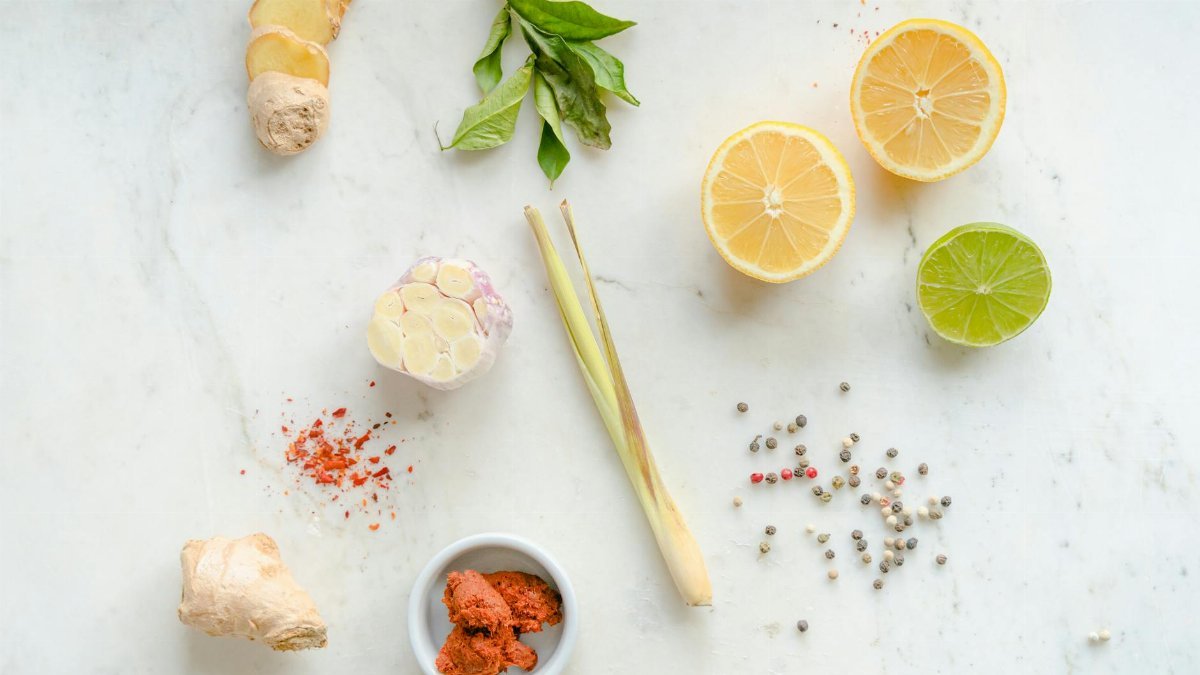
For something with a bit more kick, try this. Mix ½ teaspoon of ashwagandha powder with 8 ounces of warm water or almond milk. Stir in a pinch of grated ginger and a drizzle of maple syrup. Heat gently on the stove if you prefer it hot. Ashwagandha’s earthy bitterness pairs well with ginger’s warmth, creating a drink that feels both grounding and invigorating. Studies from the NIH highlight ashwagandha’s potential to lower cortisol levels significantly.
Sip this slowly on a chilly evening. It’s like wrapping yourself in a cozy blanket, with a subtle spice to keep you alert.
6. Recipe 3: Holy Basil Mint Refresher
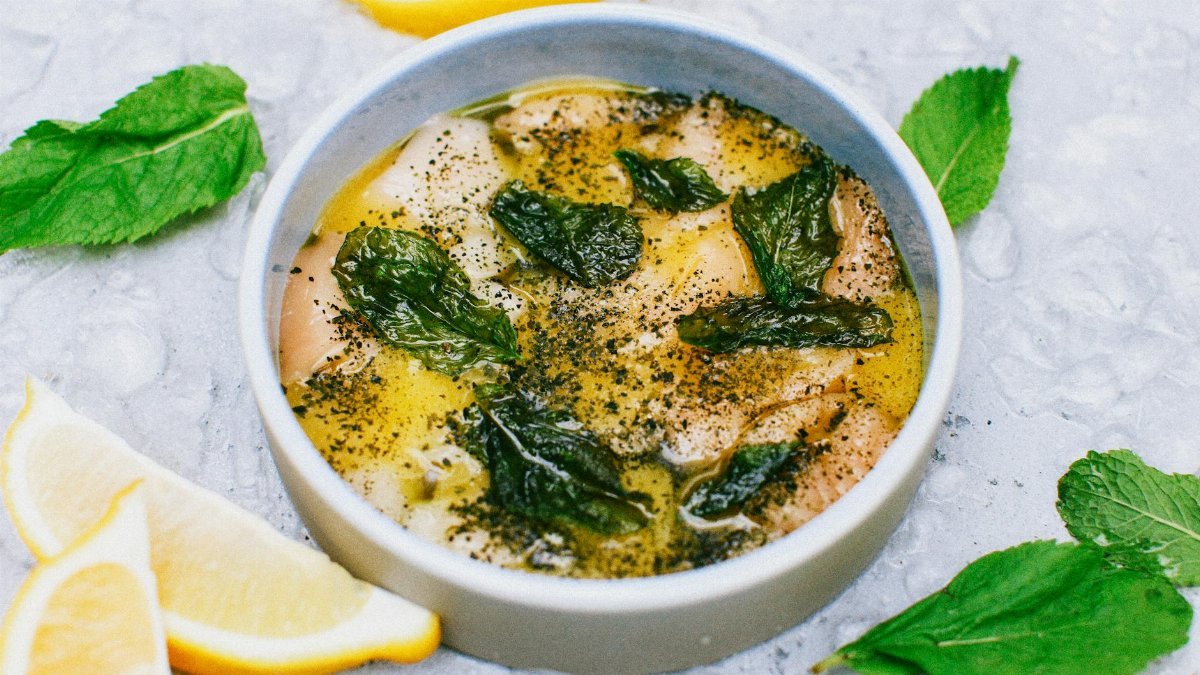
Holy basil, or tulsi, is another adaptogen with a long history of use for stress relief. Steep 1 tablespoon of fresh holy basil leaves (or 1 teaspoon dried) in hot water for 5 minutes. Cool it down, then mix with muddled fresh mint and a splash of lime juice. Pour over ice. This drink is bright and uplifting, cutting through the mental fog of a long day. It’s a reminder that relaxation doesn’t have to mean sedation.
One person described it as “summer in a glass,” a small burst of clarity after hours of tension. It’s easy to see why this becomes a go-to.
7. Customizing Your Cortisol Mocktail Recipe
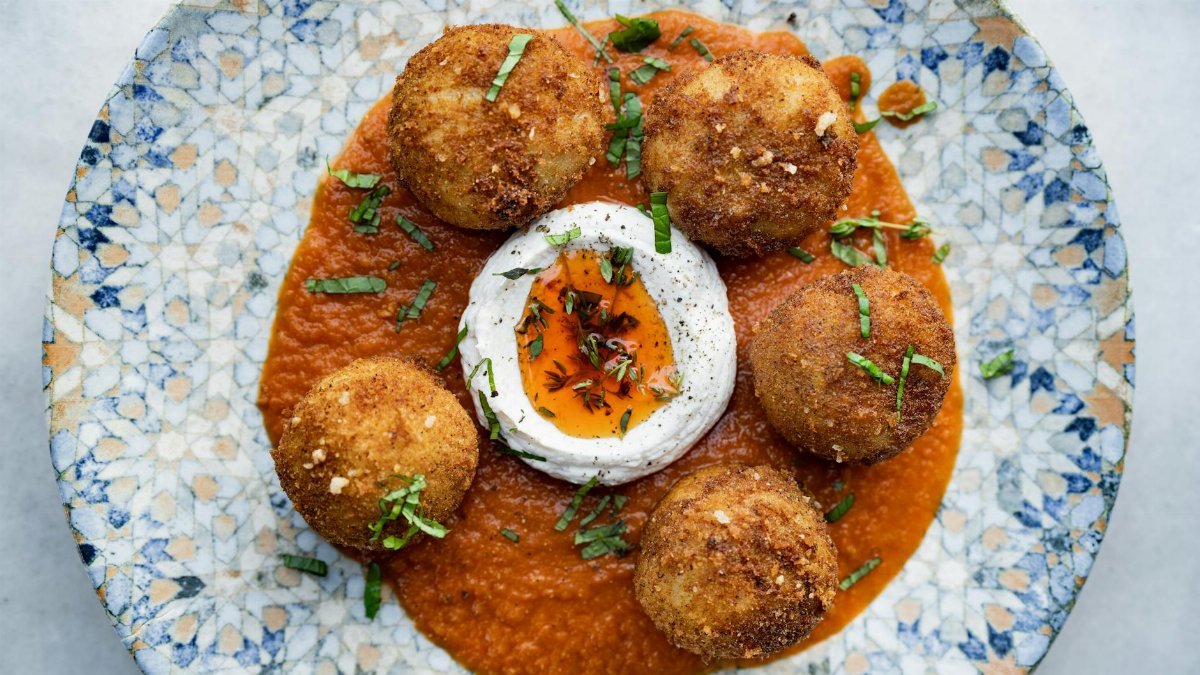
Not every recipe will suit every palate—or pantry. The beauty of these drinks lies in their flexibility. Don’t have holy basil? Swap it for chamomile. Out of honey? Try agave nectar. Experiment with bases like coconut water, herbal tea, or even sparkling water for a fizzy twist. The goal isn’t rigid adherence to a formula but finding what works for you. Listen to your body. Some nights call for something warm and heavy; others, a light, crisp sip.
Keep a small notebook of what you try. Jot down combinations that hit the mark. Over time, you’ll build a personal collection of stress-busting drinks.
8. The Social Side of Stress-Relief Drinks

These mocktails aren’t just solo endeavors. Hosting a small gathering? Set up a DIY mocktail bar with a few adaptogenic herbs, fresh fruits, and mixers. Let friends craft their own blends. It’s a low-pressure way to connect, far removed from the intensity of alcohol-fueled nights. In a culture often obsessed with productivity, sharing a cortisol mocktail recipe can spark conversations about balance and self-care.
One online account recently shared how a mocktail night with coworkers turned into a rare, honest chat about burnout. These drinks can open doors to deeper connection, one sip at a time.
9. Timing Your Drink for Maximum Effect

When you sip matters as much as what you sip. Cortisol levels naturally peak in the morning and taper off by evening, but stress can disrupt this rhythm. Drinking an adaptogenic mocktail about 30 minutes to an hour after work can help signal the transition from “on” to “off.” Avoid late-night consumption if ingredients like ginger or citrus feel too stimulating. Instead, opt for calming bases like warm oat milk or chamomile tea closer to bedtime.
Play with timing over a week. Notice when your body feels most receptive. Small tweaks can turn a good habit into a great one.
10. Sourcing Quality Ingredients
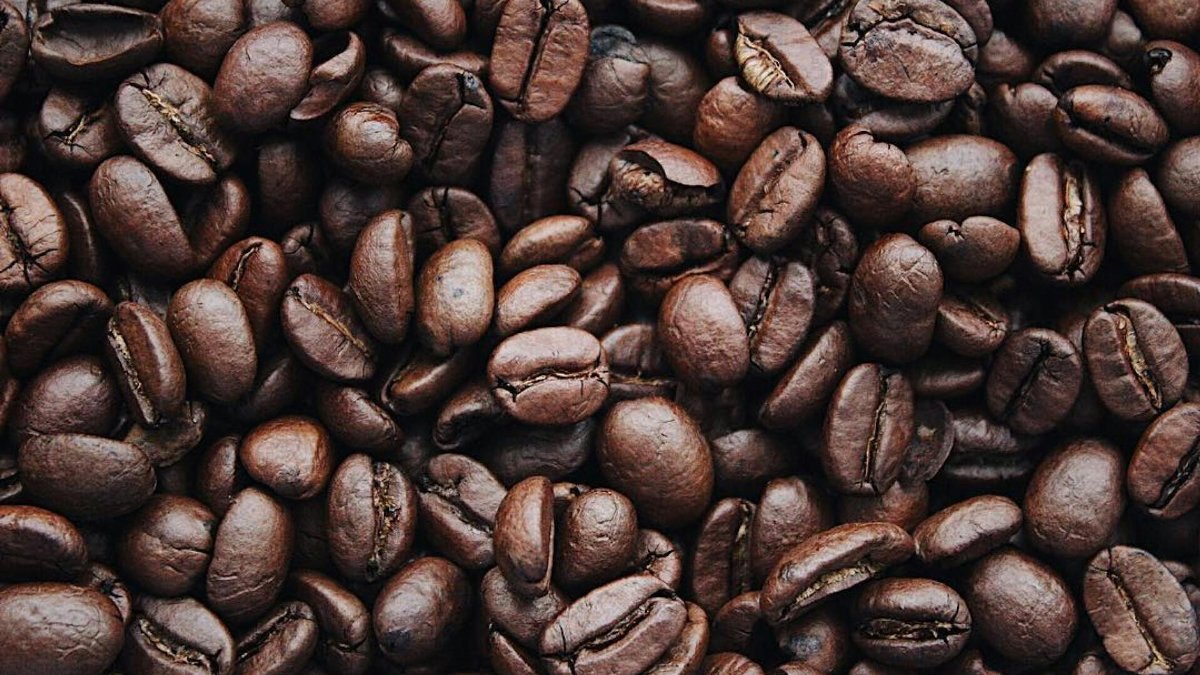
Not all herbs are created equal. Look for organic, sustainably sourced adaptogens from reputable suppliers. Local health food stores or online retailers often carry dried herbs and powders with clear origins. Check for third-party testing if you’re buying supplements like ashwagandha powder—purity matters. Fresh herbs like mint or basil can often be grown at home, even in a small windowsill pot, adding a personal touch to your drinks.
Quality isn’t just about efficacy; it’s about trust. Knowing where your ingredients come from adds a layer of mindfulness to the process.
11. Balancing Expectations with Reality

Let’s be candid: a mocktail won’t erase a terrible day or fix chronic stress. These drinks are a piece of a larger puzzle, best paired with practices like meditation, exercise, or simply setting boundaries at work. They’re not a substitute for professional help if stress feels unmanageable. But for many, they offer a small, actionable step—a way to feel agency over a hectic life.
Think of them as a gentle nudge toward calm, not a full reset. Tempering expectations keeps the ritual sustainable, even on the toughest days.
12. Building a Habit That Sticks in 2025

As we move into 2025, the pace of life shows no sign of slowing. Carving out time for a cortisol mocktail recipe each evening can become a quiet anchor. Start small—commit to one or two nights a week. Stock your kitchen with a few key ingredients, and let the habit grow naturally. Over time, this practice might not just lower stress but reshape how you end your days, turning a rushed evening into a deliberate pause.
It’s not about perfection. Some nights, you’ll skip it. That’s fine. The point is to keep coming back, to make space for calm in a world that rarely offers it.
